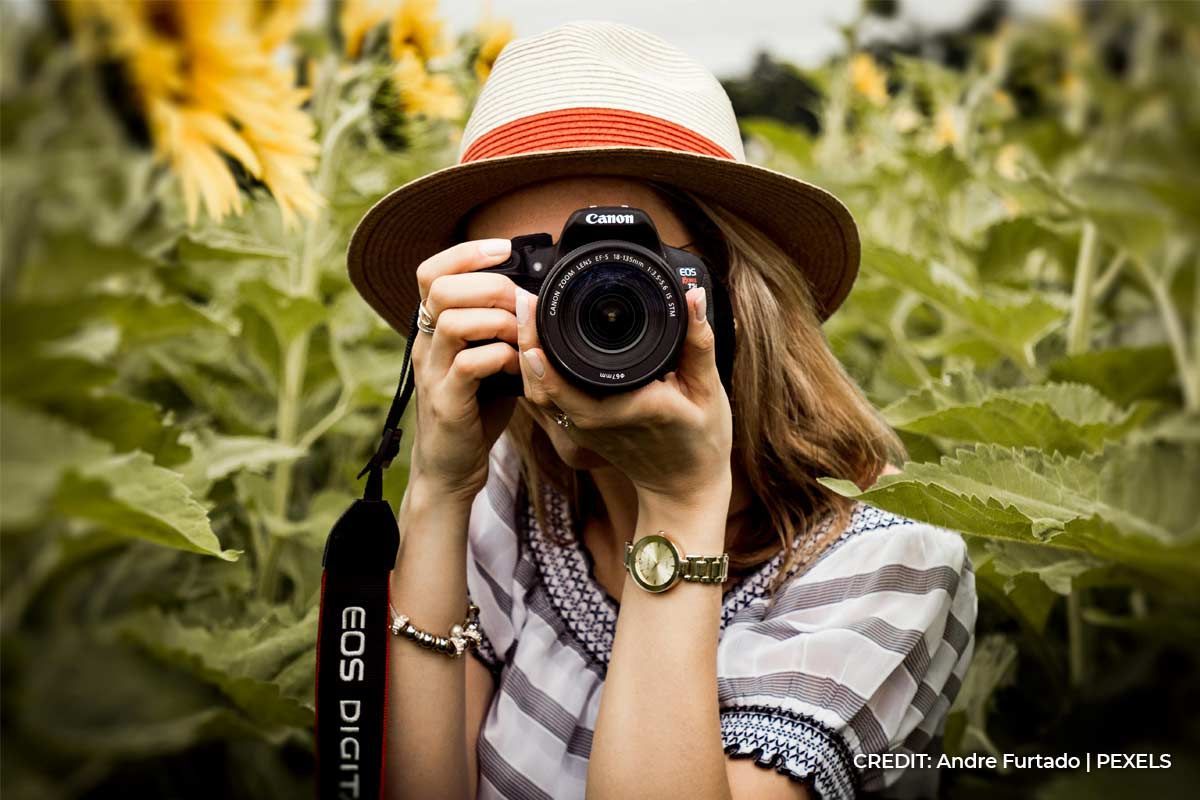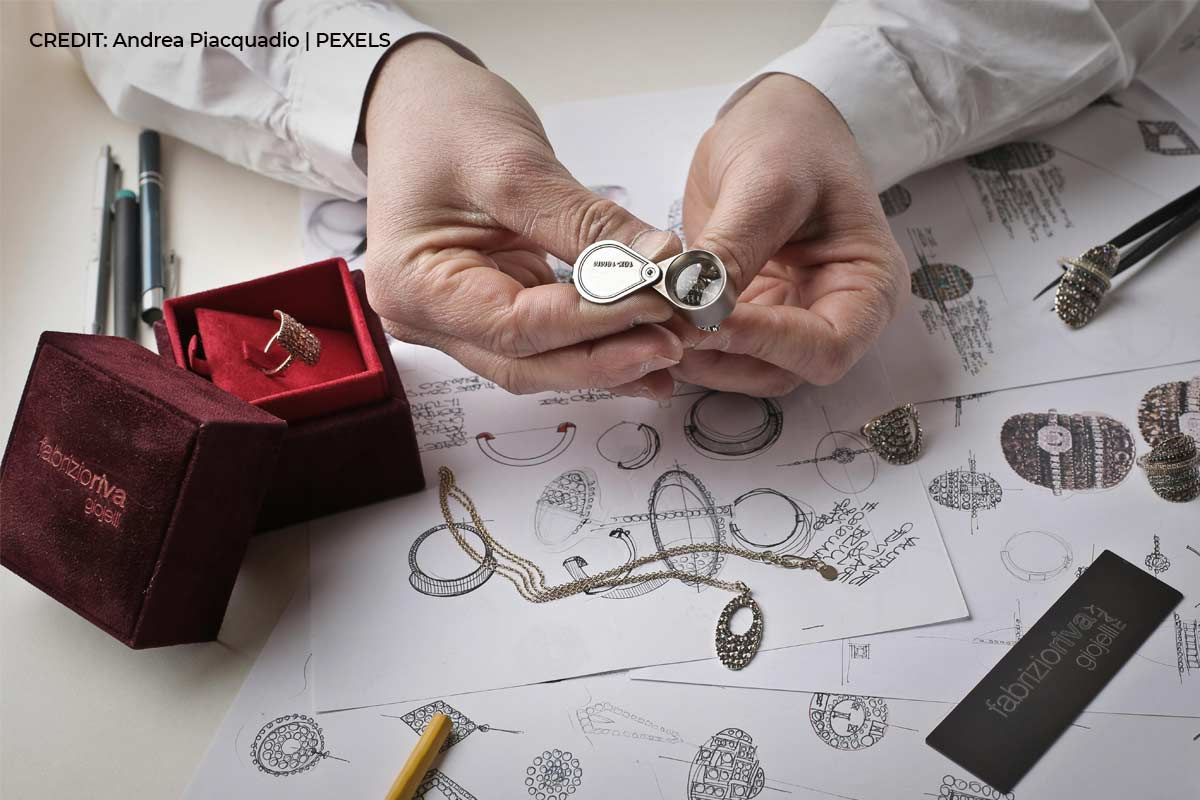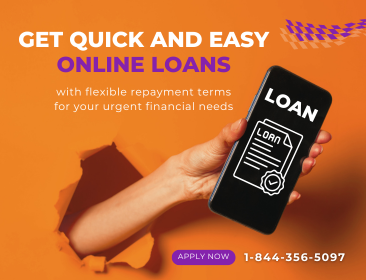As demonstrated, a wealth of fulfilling creative pursuits are well within reach for individuals with a budget of $1500 or less. By carefully considering initial investments and ongoing expenses, and by leveraging affordable resources like online courses, free software, and community groups, anyone can embark on a journey of creative exploration. Remember, financial flexibility can sometimes be helpful in pursuing your passions. For reliable and transparent financial solutions, consider Lamina. Call us today at 1-844-356-5097 to learn more about how we can support your creative endeavors.
Creative Pursuits That Cost $1500 or Less
Unleashing your inner artist or finding a new creative passion doesn't necessarily require a hefty investment. In fact, many fulfilling and engaging creative pursuits can be started and sustained with a budget of $1500 or less. This accessibility opens up a world of possibilities for individuals eager to tap into their creativity without breaking the bank. Let's delve into some exciting creative avenues that fit within this budget, exploring the initial costs and ongoing expenses involved.

Photography: Capturing Moments and Crafting Visual Stories
Photography, in its various forms, offers a compelling blend of technical skill and artistic vision. While professional-grade equipment can be expensive, it's entirely possible to begin a rewarding photographic journey with a modest investment.
- Initial Costs
A decent entry-level DSLR or mirrorless camera with a kit lens can often be found for under $800. These cameras offer manual controls and good image quality, providing a solid foundation for learning the fundamentals of photography. Alternatively, a high-end smartphone with excellent camera capabilities can serve as an even more budget-friendly starting point. Investing in a basic photography course or workshop (online or in-person) for around $200-$300 can significantly accelerate your learning curve, covering essential techniques like composition, exposure, and lighting.
- Ongoing Expenses
The ongoing costs for photography can be relatively low, especially in the digital age. Investing in a photo editing software subscription (many offer affordable monthly plans) or utilizing free editing software will be necessary for post-processing your images. Depending on your interests, you might occasionally incur costs for printing photos, purchasing additional lenses or accessories (which can be acquired second-hand to save money), or traveling to photogenic locations. For those looking for financial flexibility to manage these expenses, options like Canada installment loans can provide a structured way to handle larger, less frequent costs associated with your photographic journey.
Creative Writing: Weaving Worlds with Words
Creative writing, in its various forms – fiction, poetry, screenwriting, playwriting, and more — stands out as one of the most accessible creative pursuits. The primary tools are readily available, making it incredibly budget-friendly to embark on this literary adventure.
- Initial Costs
The most significant initial investment for a writer might be a comfortable notebook and a reliable pen, or a basic word processing software if you prefer to write digitally. Investing in writing books, attending online writing workshops, or joining a local writing group (many have low membership fees) can provide valuable guidance, feedback, and community support for under $300-$500. These resources can help hone your craft, understand narrative structures, and overcome writer's block.
- Ongoing Expenses
The ongoing costs for creative writing are minimal. You might occasionally invest in new books for inspiration or research, or pay for submission fees if you aim to publish your work in literary magazines or journals. For writers considering self-publishing, there might be costs associated with editing, formatting, and cover design, but these can often be managed strategically within a budget. When considering options to manage these potential costs, exploring the best online loans could provide access to funds with transparent terms to support your publishing aspirations.
Digital Art and Graphic Design: Painting with Pixels
The realm of digital art and graphic design has become increasingly accessible thanks to affordable software and readily available online resources. Whether you aspire to create stunning illustrations, design captivating logos, or craft engaging digital paintings, the barrier to entry is lower than ever.
- Initial Costs
A good starting point is a drawing tablet with a pressure-sensitive pen, which can range from $100 to $400 depending on the size and features. Many free or affordable digital art software programs like Krita, GIMP, or Inkscape offer a wide array of tools for beginners. Investing in online courses or tutorials on platforms like Skillshare or Udemy (often available at discounted rates) for under $300-$500 can provide a strong foundation in digital art techniques, software usage, and design principles.
- Ongoing Expenses
The primary ongoing expense for digital art is often the subscription cost for more advanced software like Adobe Photoshop or Illustrator, if you choose to upgrade later. However, the free alternatives are often sufficient for beginners and even intermediate artists. You might also occasionally spend on digital brushes, fonts, or stock images, but many free resources are available. For those who might need a small financial boost to invest in a better tablet or software, especially when unexpected expenses arise, understanding the options for quick payday cash loan alternatives can provide a sense of security, ensuring your creative flow isn't disrupted by short-term financial constraints.
Playing a Musical Instrument: The Joy of Melody and Harmony
Learning to play a musical instrument is a rewarding creative pursuit that offers numerous cognitive and emotional benefits. While some instruments can be prohibitively expensive, many can be acquired and learned within a $1500 budget.
- Initial Costs
Entry-level instruments like ukuleles, acoustic guitars, keyboards, or even some wind instruments can be purchased for under $500. Investing in lessons is highly recommended, and many local music teachers or online platforms offer introductory packages for $300-$600. These lessons will provide you with the fundamental techniques, music theory, and guidance needed to progress.
- Ongoing Expenses
Ongoing expenses include potential costs for sheet music, instrument maintenance (strings, reeds, etc.), and potentially more advanced lessons as you improve. Joining a local band or music group can be a fantastic way to practice and perform, often with minimal or no cost involved.
Pottery and Ceramics: Shaping Ideas with Clay
Working with clay offers a tactile and meditative creative experience. From shaping functional pottery to sculpting artistic pieces, this craft allows for self-expression in a tangible form.
- Initial Costs
An introductory pottery class or workshop, which often includes access to basic tools and a kiln for firing your creations, can cost between $300 and $600. If you wish to set up a basic home studio, you might invest in a potter's wheel (entry-level options can be found around $500-$800, potentially pushing the upper limit of our budget, so consider starting with hand-building techniques), basic hand tools (under $100), and a supply of clay (relatively inexpensive).
- Ongoing Expenses
The primary ongoing expense for pottery is purchasing clay and glazes. If you don't have access to a home kiln or a shared studio space, you'll also need to factor in the cost of firing your pieces at a local studio.

Jewelry Making: Crafting Wearable Art
Creating your own jewelry allows for personalized expression and the satisfaction of crafting unique adornments. This pursuit can range from simple beadwork to more intricate metalwork, with varying levels of initial investment.
- Initial Costs
Starting with beadwork is very budget-friendly, with basic supplies like beads, wire, and tools costing under $200. For those interested in metalwork, a basic starter kit with essential tools and metals can be assembled for around $500-$800. Enrolling in a beginner's jewelry-making workshop for $200-$400 can provide valuable hands-on instruction and guidance.
- Ongoing Expenses
Ongoing costs include purchasing beads, wire, findings (clasps, ear hooks, etc.), and metal if you progress to metalworking. The cost of these materials will depend on the complexity and scale of your projects.





